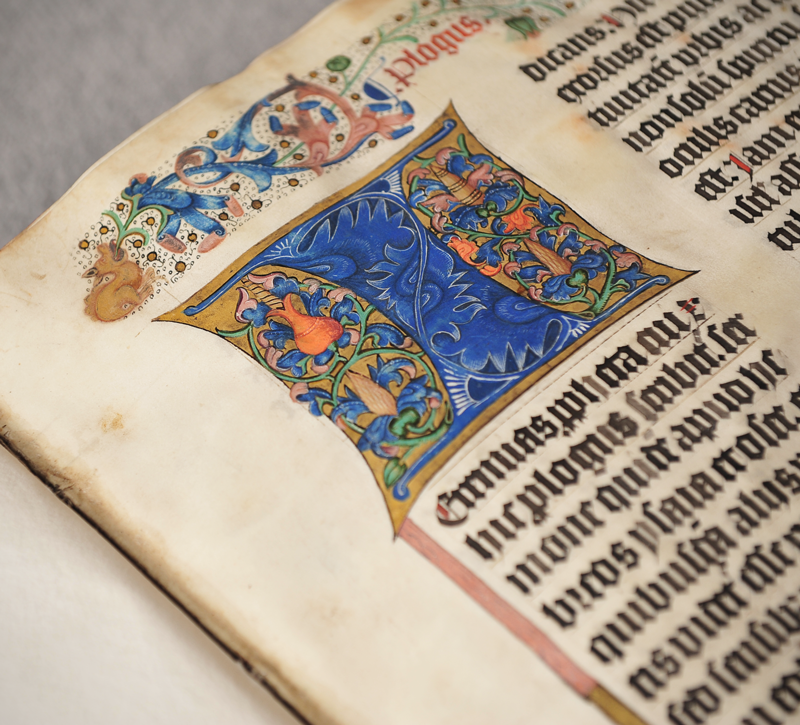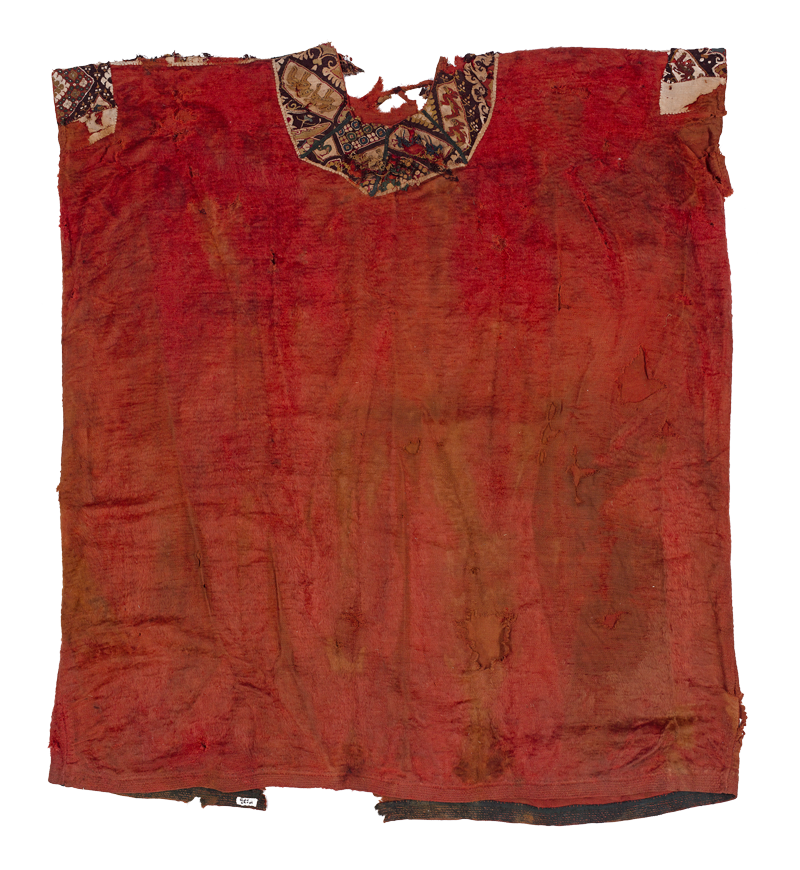Cultural History of the Middle Ages
This era refers to the period from Late Antiquity up to the Protestant Reformation, from around 500 to 1500 AD. Collections of manuscripts and printed books originating from Amsterdam churches and monasteries form the basis for this part of the collections. The Coptic textile collection from early Christian Egypt also forms part.
In the Middle Ages, Amsterdam was not yet an international metropolis. The population comprised mainly farmers, religious and fisherfolk. The Nieuwe Nonnenklooster (New Convent), founded in 1402, stood at the site where the Allard Pierson is now. Churches and monasteries were the places where the most valuable manuscripts and printed books were kept. When the Calvinists took over running Amsterdam from the Catholics in 1578 and dissolved the monasteries, their collections were given a different purpose. They formed the basis for the first City Library, which later gave rise to the University Library.
The City Library originally contained a small collection of manuscripts and printed material from before the 16th century. Over the centuries, the collection was expanded by approximately 200 mediaeval manuscripts and 500 15th century printed works. The library expanded as a result of donations and bequests from the burghers of Amsterdam. One example is the collection of the 19th century church historian Willem Moll. It contains rare manuscripts from the Devotio Moderna spiritual movement that put individual expression of faith above the authority of the church and arose at the end of the 14th century.
This area of the collections also contains archaeological material from the Coptic period, from around 300 to 1000 AD. Archaeologists use the term “Copts” to refer to the first Christians of Egypt. This group of people lived an isolated existence, surviving waves of persecution and the tough desert climate and giving rise to a unique experience of faith and artistic tradition. The most comprehensive is the Coptic textile collection, comprising primarily (parts of) items of clothing found in graves. Other artefacts, such as gravestones and censers used for liturgical purposes serve to illustrate life in Coptic monasteries.

Choral Bible

Woollen outer tunic, woven lengthwise in twill pattern
